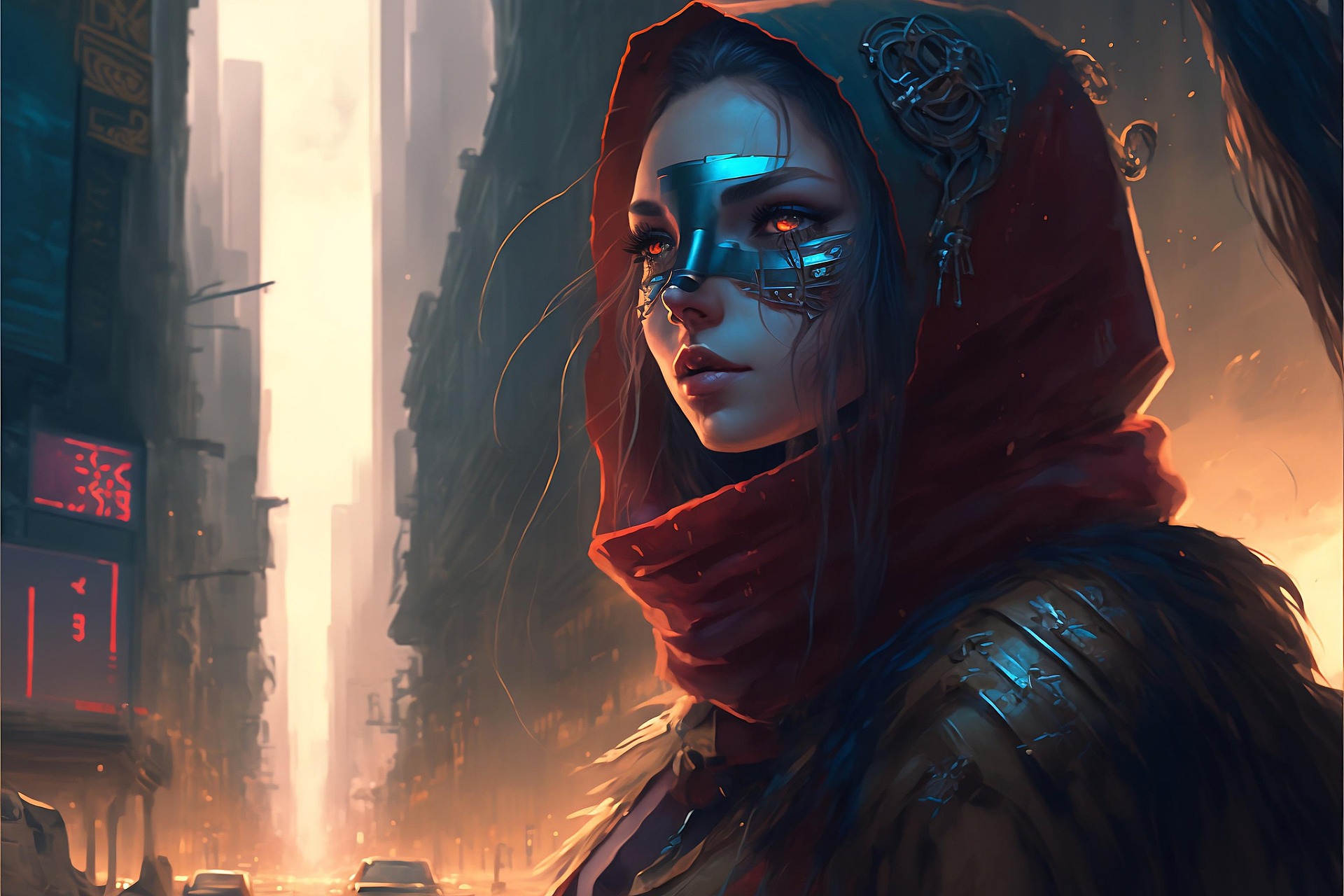Artistic Progression in the Digital Era: Uncharted Waters
In an era where digitization permeates every sphere of life, explore the transformation in the arts and entertainment industry and what it signifies for creative expression in the 21st century.

The Dawn of a New Age: Digital Art Revolution
Not too long ago, art was primarily associated with physical mediums - painting, sculpture, theatre, and film. However, the advent of technology and its rapid integration into our daily lives have dramatically influenced the way we perceive and interact with art. Today, digital art - from graphic design, digital photography, to 3D animation - has become an intrinsic part of the entertainment industry.
The Democratization of Artistic Expression
Digital technology has democratized the field of arts like never before, giving rise to new creators and art forms. This shift has broadened the scope for participation, breaking down traditional barriers to entry that often involved hefty investments in materials and training. Now, with a device and internet access, talented individuals can create, curate, and share their work with a global audience.
The Rise of Virtual Exhibitions and Concerts: An Artistic Lifesaver?
As the world grappled with the impacts of the COVID-19 pandemic, the digital realm became a haven for many artists and entertainers. Virtual exhibitions, concerts, and festivals emerged as the new norm, offering a lifeline to the industry while ensuring art remained accessible amid restrictive lockdowns. These digital platforms have not only supplemented traditional venues but have also evolved into a dynamic space for experimental art forms.
The Impact of Digital Art: A Mixed Bag
The digital art revolution, however revolutionary, is not devoid of controversy. While some praise it for democratizing creative expression, others critique it for eroding the nuances of physical art forms. Concerns about the digital divide, art’s commodification, and online piracy also cast a shadow on its impact.
Embracing the Future of Art and Entertainment
As we stand at the crossroads of physical and digital art, it’s clear that the future of creative expression will be a symbiosis of both. The digitization of art offers untapped potential for innovative, diverse, and accessible platforms for artistic expression. However, for it to be truly transformative, conversations must continue about its challenges and ways to ensure it’s not just an outlet for the privileged, but a space that continues to nurture and amplify diverse voices in the arts and entertainment industry.




